

Defending the thesis is the final stage of the graduate studies, a milestone of years of hard work. At the end of the May in 2024, GRC oversees three graduate students complete their MSc/PhD programs and graduate from USTC. Congratulations to them!
On May 21st, Mr. Jian Zhang defended
his PhD thesis“青藏高原南缘和阿拉斯加俯冲带震后形变及壳幔流变属性研究”(Postseismic deformation of large earthquakes and lithospheric
rheology in the southern Tibet and Alaska subduction zone) and passed examination.
The examine committee has agreed that it is an excellent PhD thesis. In the
thesis, Jian Zhang constrained the rheological structures in South Tibet and
Alaska subduction zone, through modeling the postseismic deformation of the
2015 Nepal earthquake and a series of large earthquakes in Alaska region from
2018 to 2022. His work on South Tibet provides new evidence for the weakening
of the subducted Indian lower crust. In Alaska subduction zone, he revokes no-liner
rheology to explain the inconsistent vertical deformation pattern after the
2020 Mw 7.8 Simeonof earthquake and 2021 Mw 8.2 Chignic earthquake. The work attracted
a lot of discussions and was evaluated as a worthwhile and meaningful attempt.
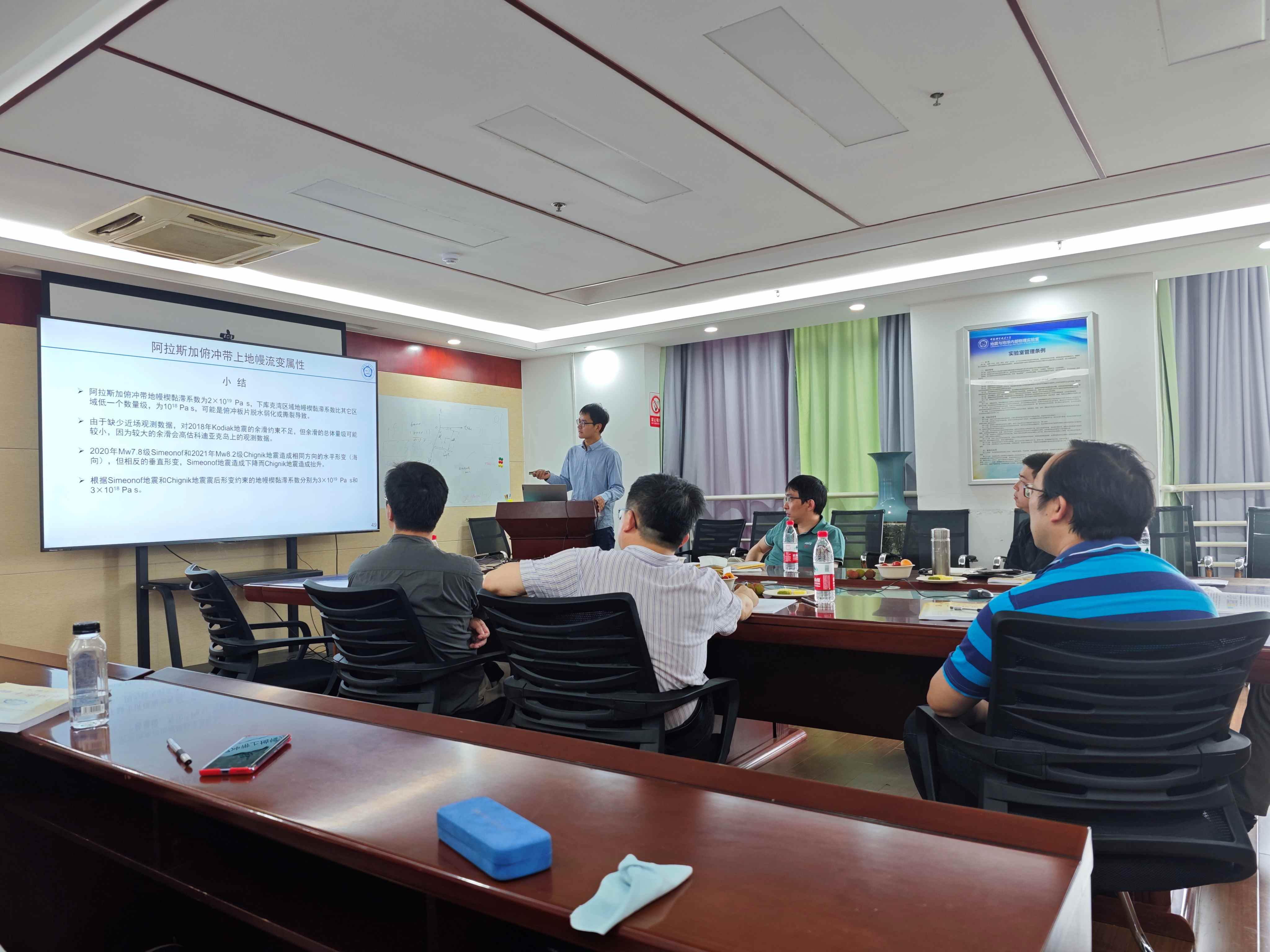

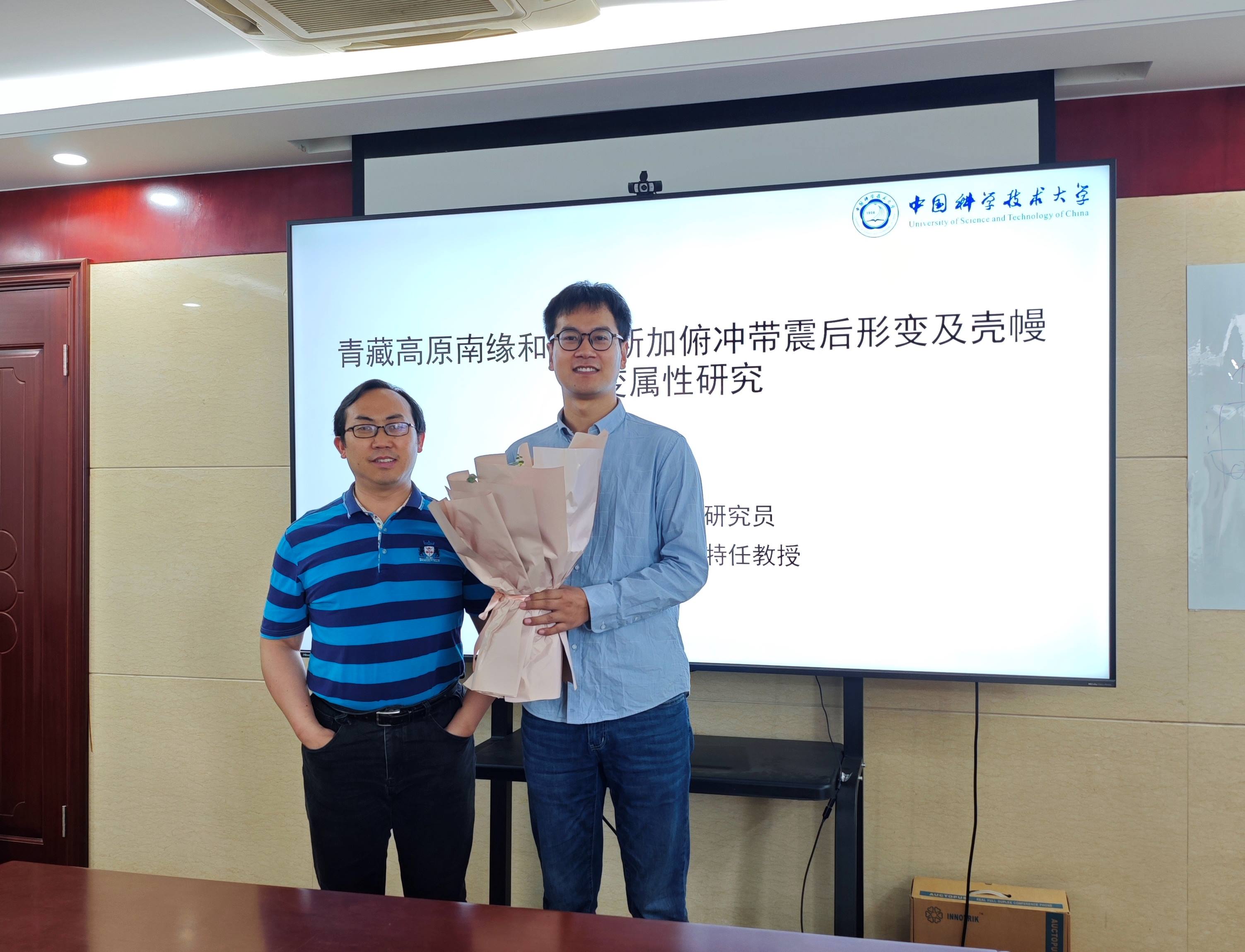
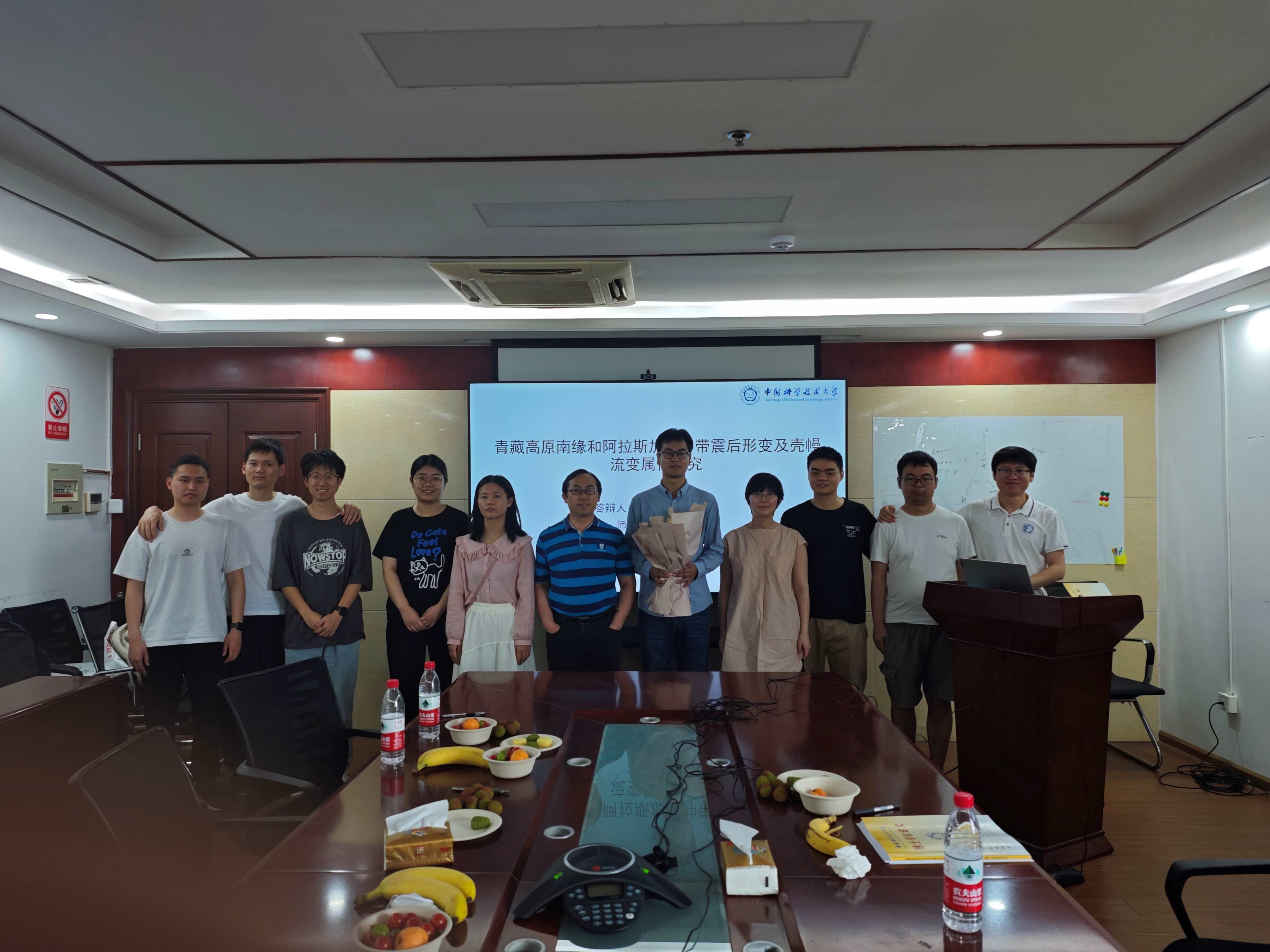
Just one day later, Mr. Liang Qian and Mr. Feifan Ye joined the department group M.Sc. defense and both passed their final thesis defense. Liang Qian’s thesis titled “2010年青海玉树7.1级地震震后形变三维黏弹性有限元模拟” (Three-dimensional numerical model of the viscoelastic postseismic deformation following the 2010 M7.1 Qinghai Yushu earthquake) focuses on the postseismic processes of the 2010 Mw 6.9 Yushu earthquake, including viscoelastic relaxation, afterslip and poroelastic rebound. Compared with the work of pre-GRCer Yunguo Chen, his study used a different approach of modeling afterslip, rather than the shear zone approach. This method allowed his afterslip to satisfy stress dependence and have a higher degree of freedom in time.
Feifan Ye’s research is special compared to the other two, as we can see from his thesis title “基于GPS数据研究青藏高原及邻区的块体运动” (Block motion of the Tibetan Plateau and its adjacent areas derived from GPS data). Feifan processed the campaign GPS data from the field trip of GRC in 2019&2021, and included the data to study the interseismic deformation in Tibetan Plateau and its adjacent areas. He refined the block partitioning and then inverted the block motion and interseismic coupling along block boundaries. Accurate block motion and coupling ratio calculation help us better understand plate behavior and assess seismic hazards.
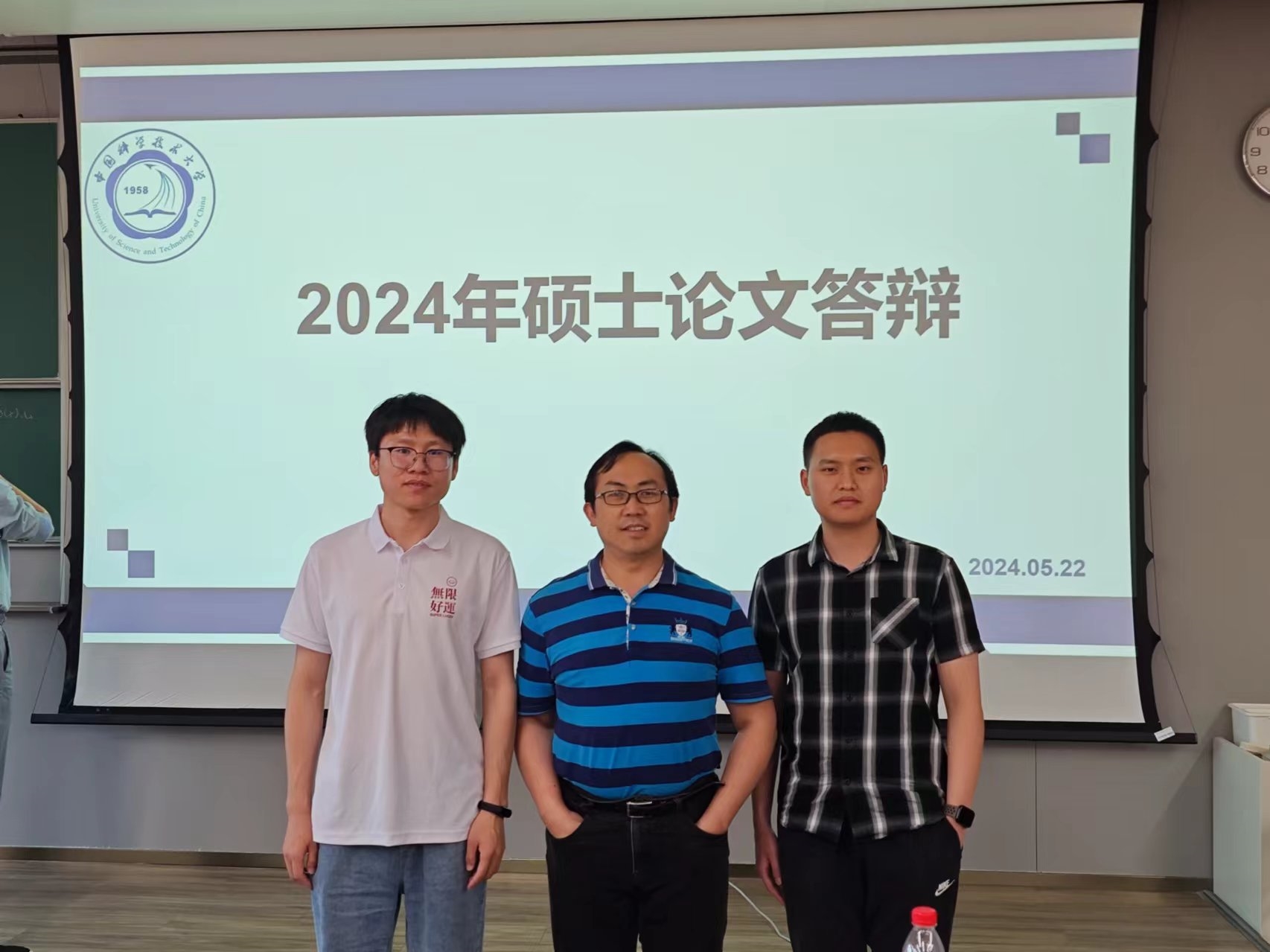
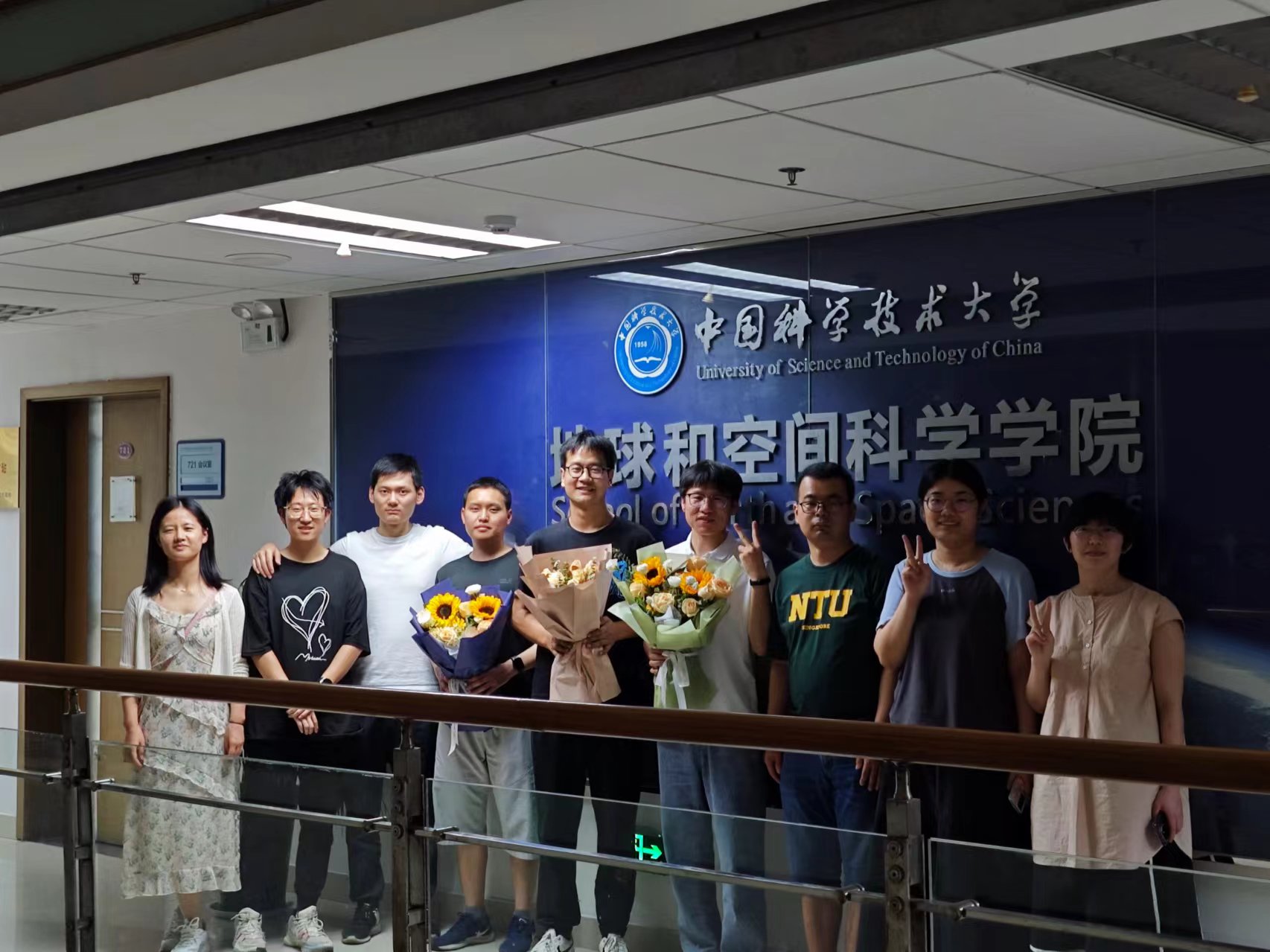
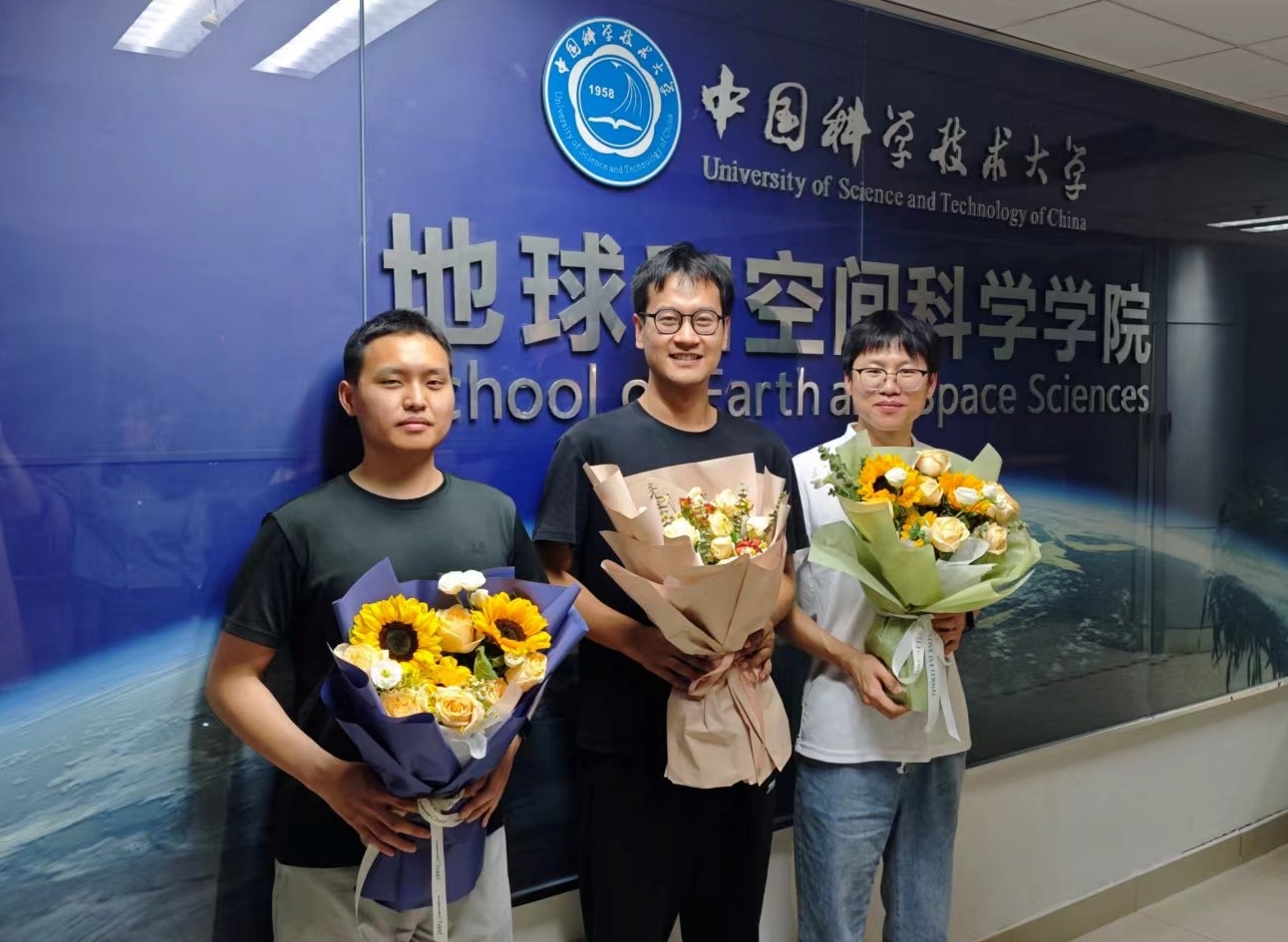
——Prepared by Yiqing Liu on May 24, 2024
Copyright © Geodynamics Research Center,USTC/DSEL. All Rights Reserved.